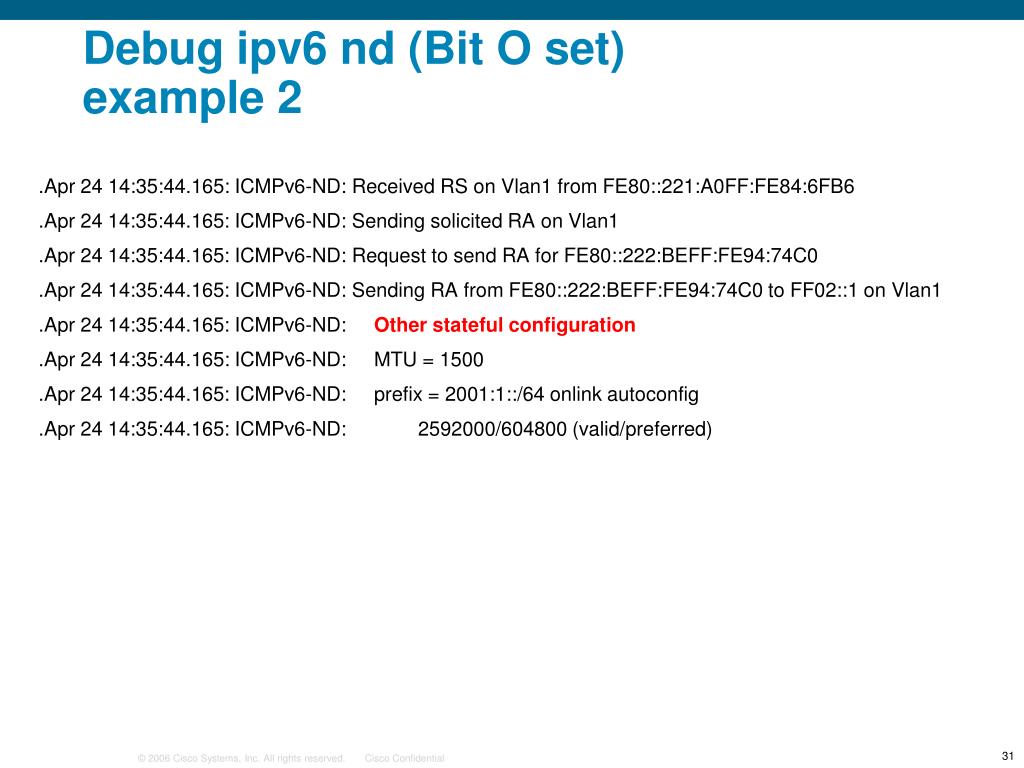

To better understand its various biological roles, we first identified the other proteins that are found in its proximity. While important, ATRX has additional functions that remain understudied. It does so in part by binding the DAXX histone chaperone to deposit histone proteins on DNA and assemble structures known as nucleosomes. Altogether, this study expands the repertoire of ATRX-associating proteins and functions.ĪTRX is a protein that is needed to keep repetitive DNA regions organized. Interestingly, several of these have previously been implicated in alternative lengthening of telomeres.

The loss caused important changes in the abundance of chromatin remodelling, DNA replication, and DNA repair factors at telomeres. We further screened for the proteomic changes at telomeres when ATRX, SLF2, or both proteins were deleted. ATRX proximal associations with the SLF2 DNA damage response factor help inhibit telomere exchanges. Contrastingly, FAM207A associated with proteins involved in ribosome biosynthesis and localized to the nucleolus. We found CCDC71 to associate with ATRX, but also HP1 and NAP1, suggesting a role in chromatin maintenance. To gauge the scope of their roles, we examined three novel ATRX-associating proteins that likely differed in function, and for which little data were available. The proteomic screen captured known interactors, such as DAXX, NBS1, and PML, but also identified a range of new associating proteins. Because ATRX-protein interactions impart functions, such as histone deposition, we used proximity-dependent biotinylation (BioID) to identify proximal associations for ATRX.

The ATRX ATP-dependent chromatin remodelling/helicase protein associates with the DAXX histone chaperone to deposit histone H3.3 over repetitive DNA regions.


 0 kommentar(er)
0 kommentar(er)
